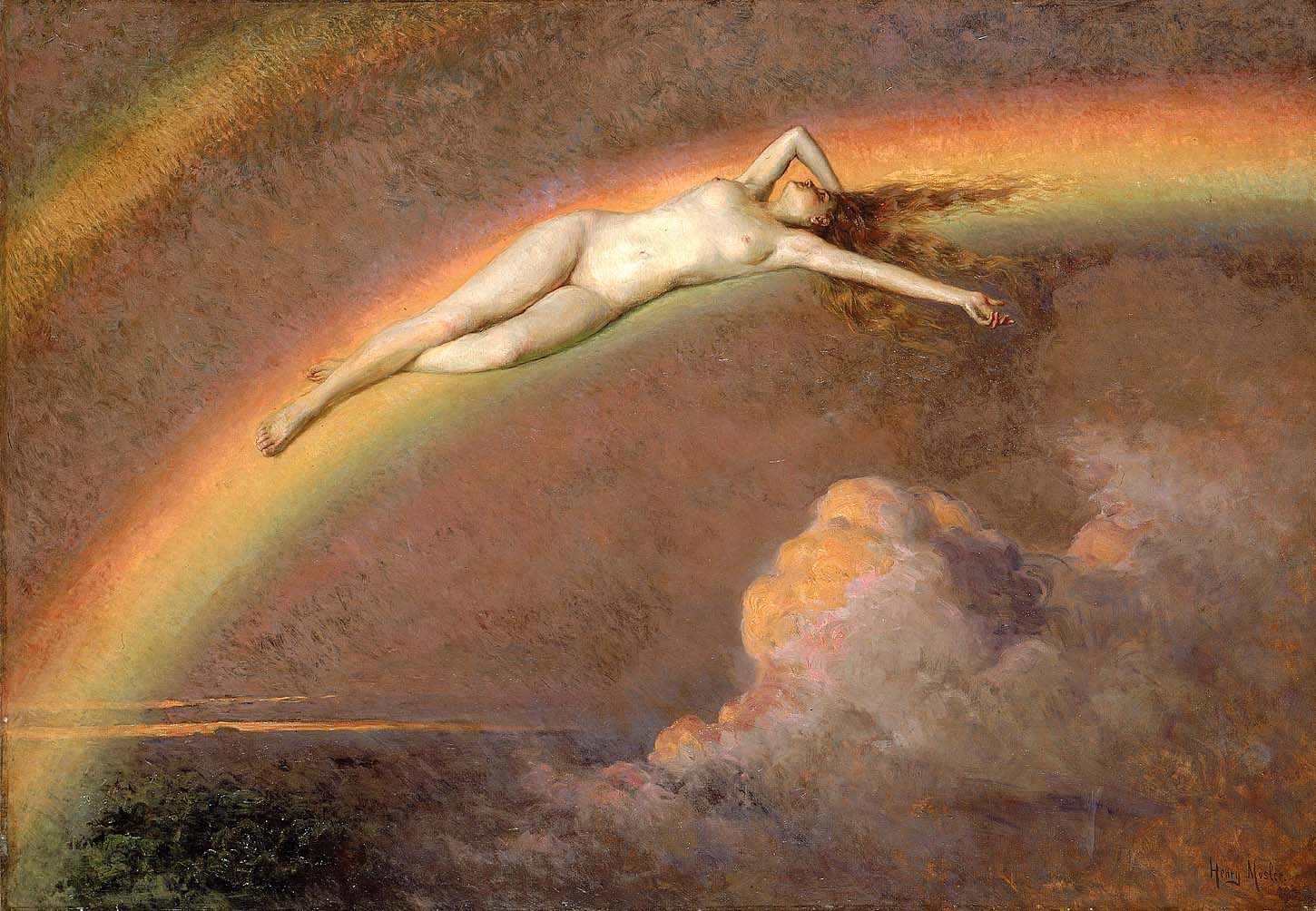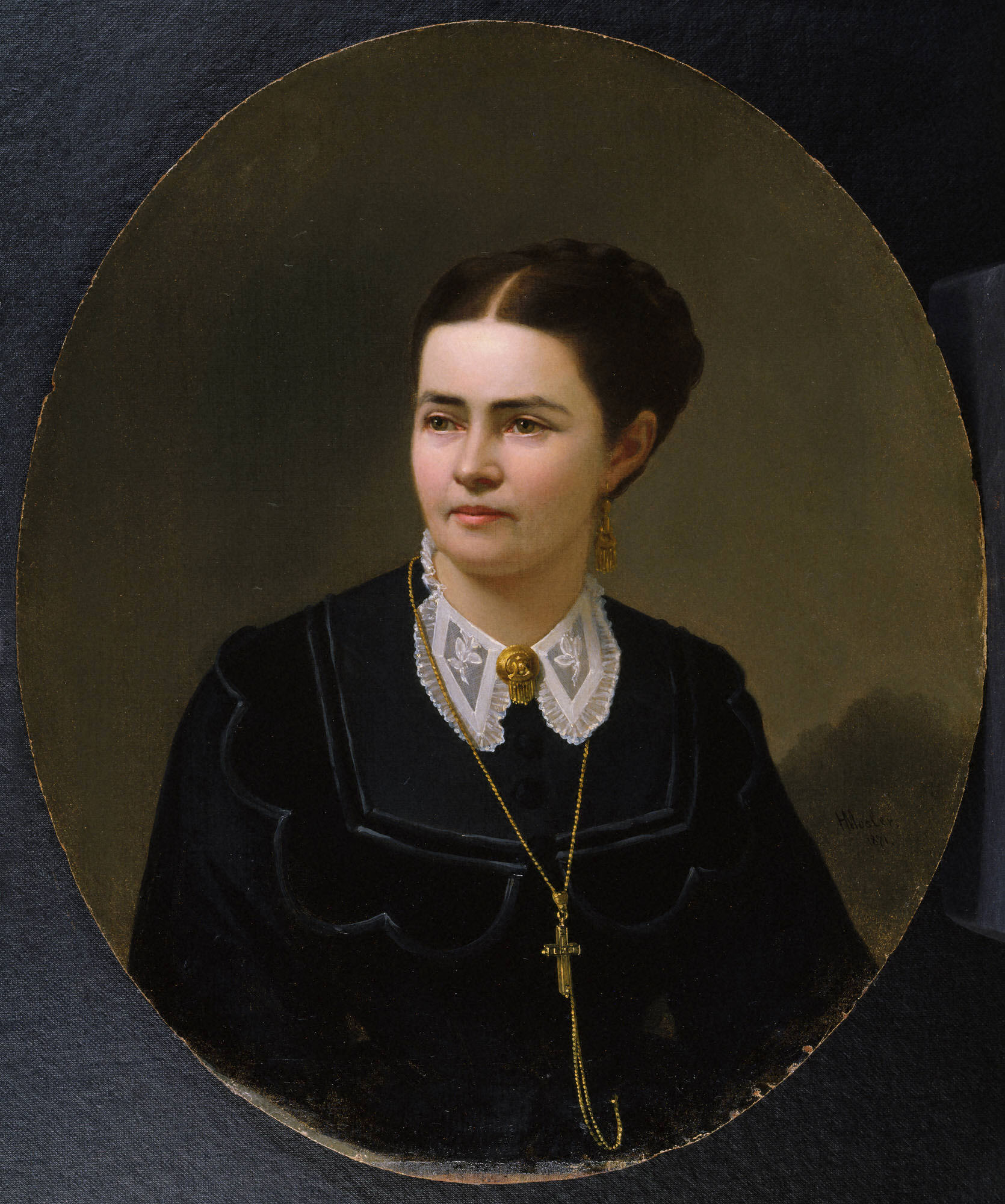Henry Mosler
Gustave Mosler brought his family, including young Henry, to the United States in 1849. The Moslers, like many of their fellow German Jews, escaped the political unrest in their homeland that followed the revolutions of 1848 by settling in Midwestern communities, in this case Cincinnati, Ohio. There, the Moslers became leaders in their community and eventually developed a national reputation based on the family business—the manufacture of safes.
Henry Mosler studied in Cincinnati with portrait and genre painter James Beard for two years and covered the Western theater of the Civil War as an artist-correspondent for Harper's Monthly. He studied for three years in Düsseldorf and Paris before returning home to begin his career. In 1874, Mosler again traveled to Paris, but remained for twenty years this time and developed a reputation for his paintings of Breton peasant life. Mosler's final homecoming to his adopted country came in 1894. In that year he set up a studio in New York City and turned his attention to historical genre with the same eye for detail that marked his earlier work. Paintings such as Pilgrims Grace (the painting that won the artist life membership to the National Arts Club of New York) and Quilting Bee draw upon Mosler's Breton experiences to create a realistic vision of the preindustrial past for modern America.
William H. Truettner and Roger B. Stein, editors, with contributions by Dona Brown, Thomas Andrew Denenberg, Judith K. Maxwell, Stephen Nissenbaum, Bruce Robertson, Roger B. Stein, and William H. Truettner Picturing Old New England: Image and Memory (Washington, D.C.; New Haven, Conn; and London: National Museum of American Art with Yale University Press, 1999
Objects at Smithsonian American Art Museum (1)
Objects at National Portrait Gallery (1)
Objects at Princeton University Art Museum (3)
Objects at Archives of American Art (11)





